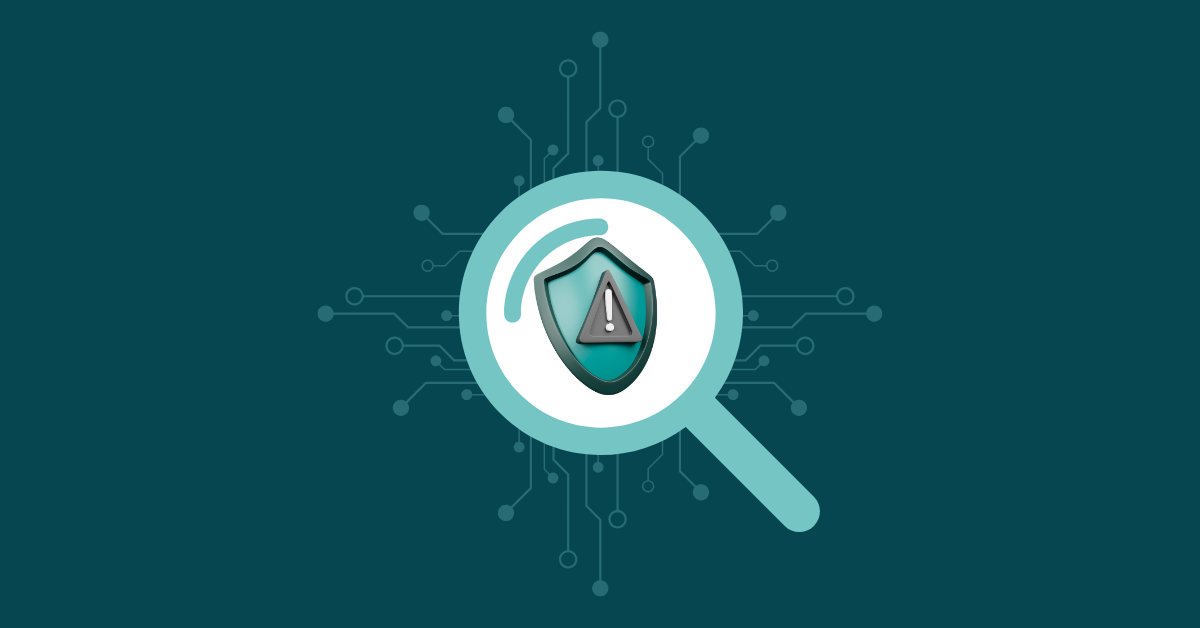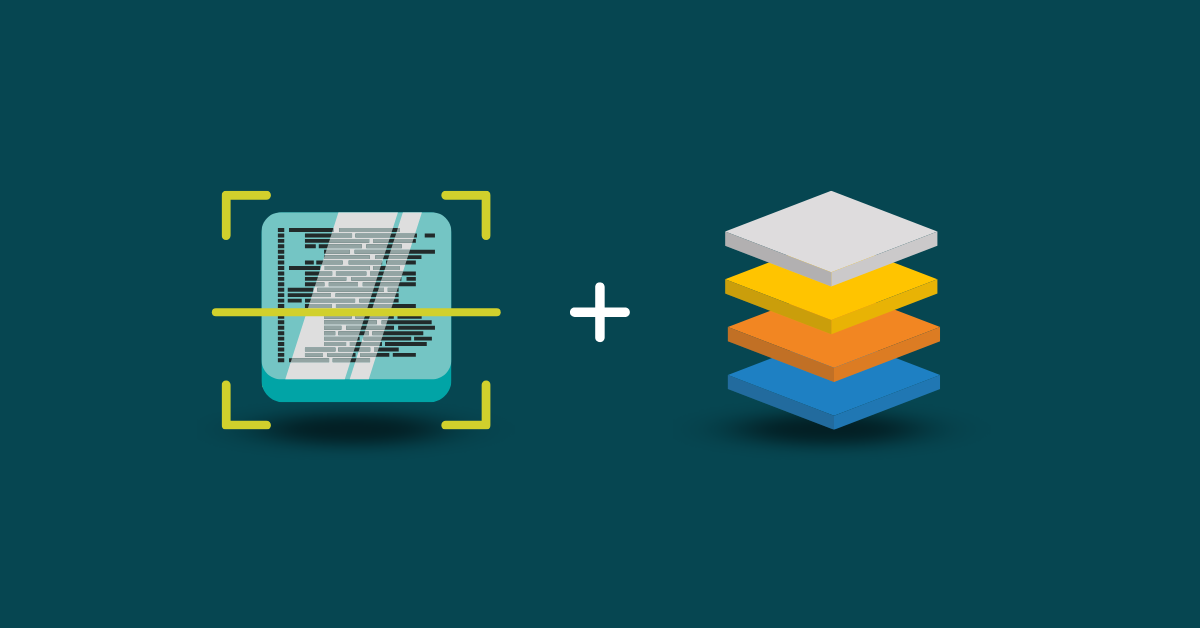

Code reliability measures how well software performs its intended functions without failure, and is a foundation of software development. High code reliability improves user experience, system performance, and developer profits, while unreliable code can lead to financial losses, reputational damage, and even legal consequences.
Code reliability must have a consistent measurement process to be a meaningful metric. The exact failure conditions and measurement time frame vary by company or product, but a key distinction about reliable code is that it doesn’t refer to bug-free code. It’s difficult to write code with no bugs, but much less difficult to write reliable code.
Reliable code should be resilient to circumstances that typically cause a crash. This includes unexpected inputs, edge cases, and varying loads. Code that maintains functionality and performance under these conditions is considered reliable.
In practical terms, reliable code:
Think of an e-commerce payment process system—it must handle thousands of transactions at once, without sacrificing accuracy or security. Reliable code will handle this, even under extreme circumstances. For example, Black Friday sees a surge in transaction volume for many e-commerce systems. Reliable code will process these extra payments without losing sales or compromising customer data.
Developing reliable code provides several key benefits for software engineering teams:
Unreliable code generates technical debt that compounds over time. Developers who spend their time fixing bugs aren’t innovating or building out new features. Multiple studies have been conducted on how much time is wasted on technical debt, which typically ranges from 23-42%.
For example, imagine a company that discovered its developers were spending too much time on code maintenance. The company then decided to measure code reliability and focused on improving it. After addressing reliability issues, their team now has more time to add new features. This allows the company to better compete in the marketplace, and also helps improve the ROI they get from development labor.
Reliable code typically performs better under stress and maintains consistent response times, which positively impacts both user experience and infrastructure costs.
Netflix is a prime real-world example of this. Their ‘chaos engineering‘ philosophy intentionally introduces failures into their production environment. Although chaotic, this strategy has allowed them to vastly improve their service. Netflix serves video to nearly 300 million subscribers with a remarkable 99.99% uptime. Getting that performance out of such complex infrastructure requires a focus on code reliability.
In today’s market, users expect applications to work flawlessly. One negative experience can be enough to drive customers to your competition.
For an extreme example of this, let’s go back to our financial services sector. Imagine if a company took a payment from you but never sent your item—or worse, imagine if your data were leaked and your identity stolen. While the effects of a negative user experience can be especially profound in that industry, no users want the software they rely on to fail them when they need it. Constantly living up to expectations is how firms stay ahead of the competition.
Code reliability and code quality are often used interchangeably. However, they represent different aspects of software development.
Imagine you have an old car that’s got a lot of miles on it and has given you no problems for all the time you’ve owned it. That car is reliable. Compare your reliable car with a car that has fancy seats and all the bells and whistles. That is a quality car. The chart below will help you understand how this applies to software development:
| Aspect | Code Reliability | Code Quality |
| Focus | How software behaves when executed | How code is written and structured |
| Timeframe | Long-term performance over time | Immediate assessment of code structure |
| Measurement | Error rates, uptime, meantime between failure (MTBF), recovery time | Complexity, readability, maintainability metrics |
| Testing emphasis | Load testing, stress testing, fault injection | Static analysis, code reviews, style checking |
| Key question | “Will it keep working correctly?” | “Is it written well?” |
Just like a fancy car, high-quality code tends to be more reliable, though this isn’t always the case. Beautifully written code may still fail under certain conditions if it wasn’t tested thoroughly, and the opposite is also true. Some reliable applications may have poor code structure, but are tested enough to be stable.
The banking industry, once again, provides the perfect example of this. Some banks still have code written in COBOL. COBOL is a legacy language, and that code likely wouldn’t meet modern code quality standards. Its reliability, however, is unquestionable: It’s the reason the code has survived so long.
The overall approach in assessing code is to combine reliability with quality:
Reliable code drives better software performance in several ways:
Reliable code typically uses system resources more efficiently. This limits the number of memory leaks, unnecessary database calls, and other waste, which results in better performance on the same hardware.
A real-world example comes from Uber’s dispatch system. As its user base grew, Uber’s dispatch system showed signs of weakness: Memory usage and related errors were slowing response times. Java’s garbage collection was a big source of the trouble. After focusing on reliability, they were able to significantly reduce these errors.
Even brief outages can be costly. According to Gartner, the average cost of IT downtime is $5,600 per minute. That’s a staggering $300,000 per hour. Companies in highly regulated industries face even steeper costs as compliance issues arise.
Salesforce demonstrates the performance benefits of reliability-focused development. When developing its Agentforce AI assistant, the company wanted to ensure minimal wait times. Salesforce engineers carefully tuned the framework and its infrastructure, enabling them to deliver 99.9% uptime.
Reliable code scales effectively under increased load, handling traffic spikes without degradation. Applications with variable or unpredictable usage patterns particularly benefit from this.
Shopify has become a poster child for scalability. During Black Friday in 2023, its platform broke a record, processing $9.3 billion that weekend. At peak volume, this was $4.2 million per minute. The company broke that record again in 2024, with $11.5 billion in sales. The company relies heavily on reliability engineering to keep things running smoothly under high load. As a result, Shopify-powered businesses are shielded from those expensive downtime costs.
Effectively measuring code reliability requires a strategic approach. You must combine the right tools with the right knowledge and the right metrics. The outline below will help ensure you have accurate code reliability measurements.
Static analysis examines the code before it’s even executed. This pre-check identifies potential reliability issues early in development. Some common metrics used in this analysis include:
Tools like Kiuwan’s Code Analysis excel at this type of work. Source code is automatically analyzed across multiple languages, and detected reliability risks are reported in detail before they make it to production.
Dynamic testing is the flip side of the coin: it evaluates code during execution. This gives the tool deeper insight into how the product behaves under various conditions. Different methods are used to test code dynamically:
DevOps teams often integrate dynamic code tests directly into the CI/CD pipeline. This allows developers to run automatic tests, catching problems with minimum human input. More complex tests, particularly those associated with UI elements, may require manual testing.
To track reliability improvement, several key metrics are used:
By tracking these metrics, developers can get insights into what does and doesn’t work. They can be assured that their interventions are moving reliability in the right direction. Each product may have its own unique set of metrics worth tracking, and a comprehensive approach will be tailored to the code base.
A typical code reliability workflow uses multiple tools to ensure full code coverage and streamline development:
For the most cohesive code quality experience, it can be helpful to find a platform with multiple tools. Kiuwan offers a suite of code analysis tools that allow for improved code quality, security, and reliability.
If you’re ready to improve the reliability of your code, the process below will get you started. It covers the three key ingredients for successful code reliability improvements:
You can’t improve code quality if you don’t know where it’s unreliable. Effective testing forms the foundation for code reliability.
Create unit tests, integration tests, and end-to-end tests from the beginning of development. Automated testing within your CI/CD pipelines will catch reliability issues early. These unit tests should be thorough, with particular attention paid to known problem areas. Test design should be an integral part of your software development process.
Netflix’s chaos engineering approach has been adopted industry-wide. By deliberately introducing failures into the system, its resilience can be tested. Capital One is another large company that’s leveraged chaos engineering successfully. Their ‘cloud-first’ approach to banking is an ideal candidate for this approach.
All software has a target environment, be it desktop, mobile, IoT, embedded, or specialized hardware. Design your tests around the unique constraints of each platform. For example, medical devices must operate reliably in real-world conditions. They may be tested under stressed connectivity, loud surroundings, and other conditions found in a hospital. This ensures the device remains stable in life-or-death situations.
If testing is the foundation of reliability, code quality standards are the structure. Setting proper ones minimizes the chances of problems occurring in the first place:
Set clear standards around error handling, logging, and performance, which will create consistency that improves reliability. There are several coding style guides that will provide a starting point: Google has published guides that focus on consistency, readability, and error handling. These guides are available for multiple languages and have influenced industry practices globally.
Automated tools can help, but they can’t do the job alone. Peer reviews catch reliability issues that automated tools may miss, and also help to spread knowledge across teams. By performing code reviews, top developers can more easily spread their influence, share their knowledge, and help improve the skills of other team members.
The security culture of a company has a strong impact on the resulting code. By instilling a ‘reliability-first’ mindset, you create an environment where fewer problems arise. To do this, train developers to think about edge cases, failure scenarios, and recovery mechanisms. Some companies formalize this approach, creating reliability objectives and error budgets, which helps them balance innovation with stability.
The right tools can significantly improve workflows, allowing for better reliability with less work.
Automated static analysis, performance testing, and scanning for security vulnerabilities are essential parts of any build. Kiuwan’s Code Quality solutions enable developers to integrate the practices seamlessly. Once implemented, the tools will provide immediate feedback on reliability issues.
Sometimes, new code brings new bugs. If these bugs are critical enough, the ability to roll back to a more stable version is critical. Version control, like GitHub or another git provider, is a must-have. Amazon pioneered the concept of “one-way doors” and “two-way doors,” which represent changes that can be easily reversed and those that can’t. Good version control makes it easier to decide how much caution is required before pushing to production.
Real-time monitoring is a way to proactively improve reliability. This strategy provides alerts for reliability issues as they emerge, highlighting latencies, downtimes, and other metrics that might indicate a problem for users.
Code reliability isn’t just a technical consideration—it’s a requirement for success. When an organization prioritizes reliable code, it gains a competitive advantage. Reduced maintenance costs, enhanced performance, and superior user experiences drive the company forward. Comprehensive testing, quality standards, and the right tools ensure reliability is built into every aspect of their applications.
Tools like Kiuwan’s Code Quality (QA) and Governance solutions are an integral part of building secure software. Leveraging these tools enhances your overall code quality and improves security, ultimately leading to greater efficiency for your development teams. Request a free trial and start strengthening your security posture today!


